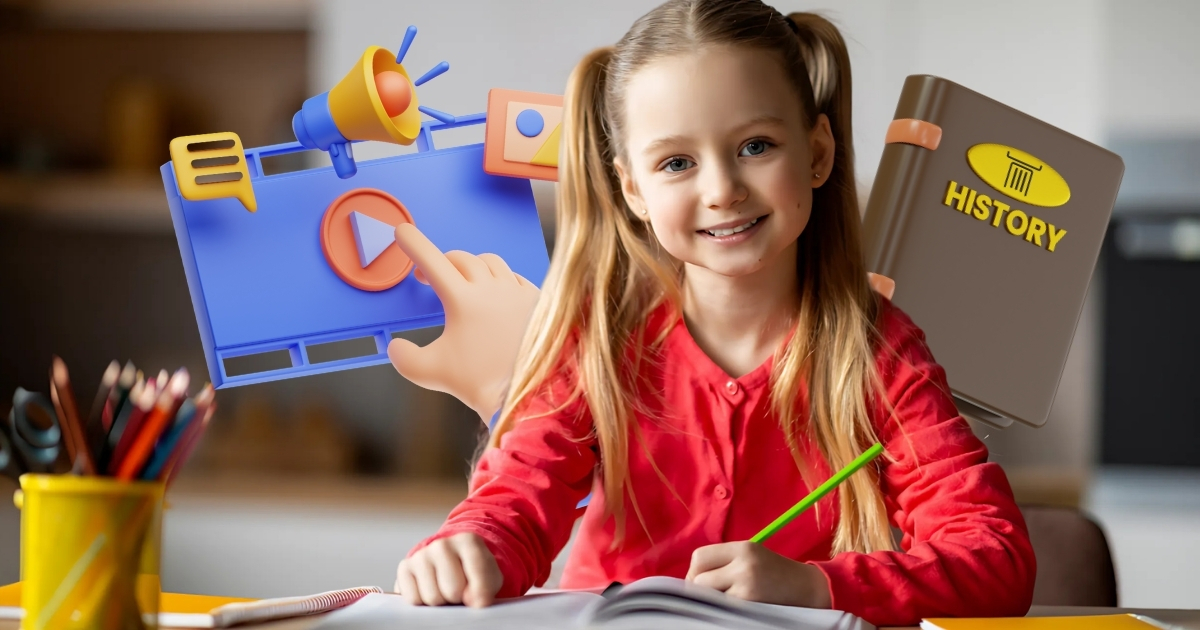Homeschooling can seem overwhelming, especially when it comes to balancing educational needs with daily life. Creating a homeschool schedule that suits your family’s unique rhythm can make all the difference. If you’ve been searching for tips for homeschooling that will help you craft a balanced and effective homeschool schedule, you’re in the right place. Why […]











